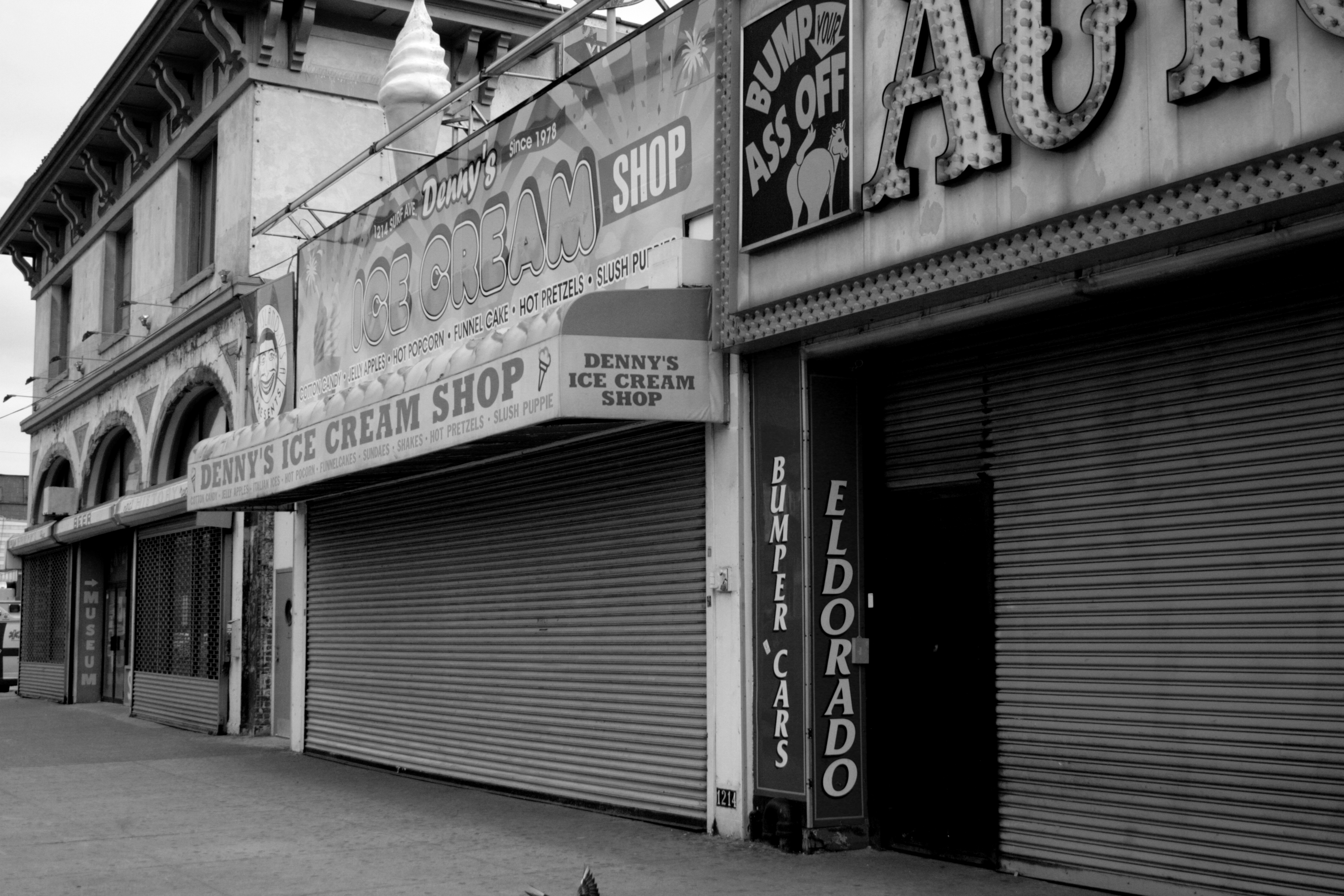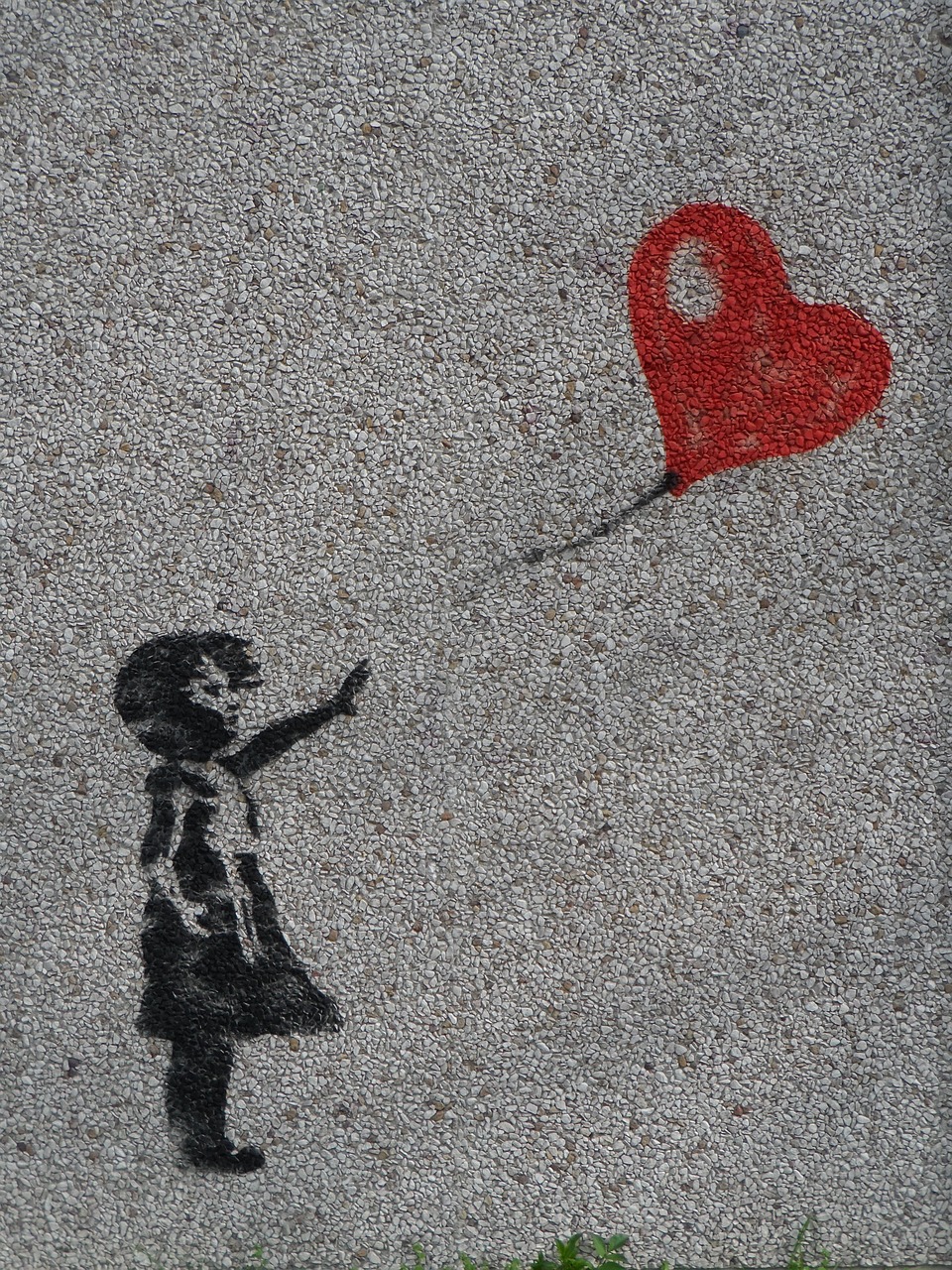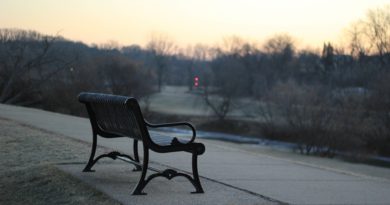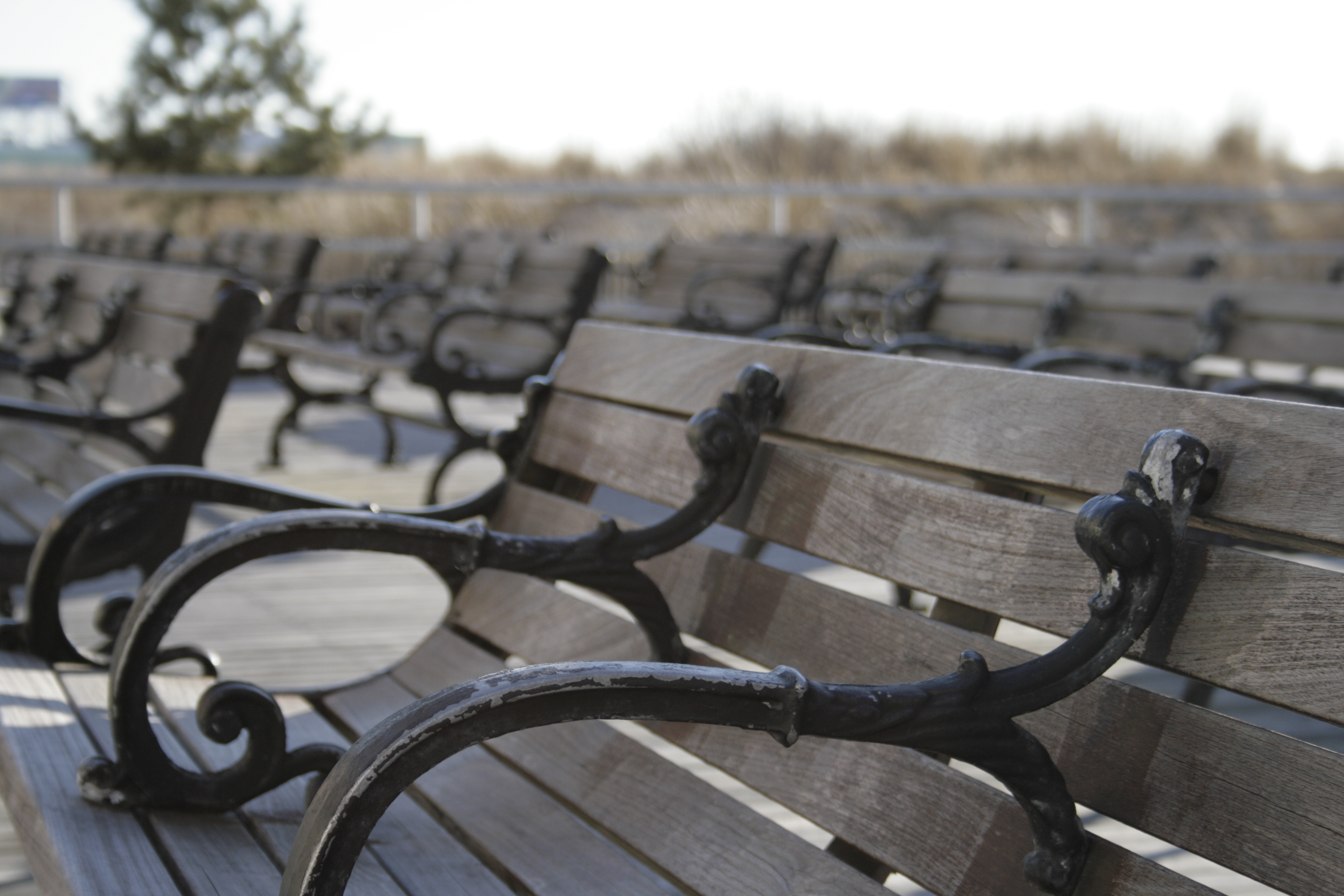In the Beginning, There Was No Hope
I had a relatively “normal” childhood. My earliest memories are happy ones, and I did the same thing other “children of the ’80s” did: I played with Barbie dolls and Ninja Turtles and talked to my imaginary friends—Flopsy and Mopsy—that lived on our dining room ceiling. I ate breakfast cereal for lunch, rode my bike (with its pink and purple paint-splattered frame), climbed trees and scraped my knees.
Looking back, nothing seems out-of-place. There were no signs of sadness.
I don’t know when it all changed, but it did. I assume it was after my father’s death, at 12, but before I started cutting myself, but sometime between my seventh grade Christmas concert and freshman year it became harder and harder to find the joy that made these molded plastic parts, my faux friends, and my life fun.
Before I knew it I was lost in a sea of sorrow, misery and suicidal thoughts.
Outwardly, everything still appeared good. I was a “good” daughter, a “good” student, a “good” friend. I didn’t experiment with drugs or alcohol. I didn’t sneak out, and I didn’t stuff crop tops and booty shorts in my backpack—though I did stuff my bra with Puffs Plus. I listened to my friends, and supported them in whatever way I could. (I was often referred to as their “psychologist” and, later, “Momma Kim,” especially at parties.) And I was an overachiever in school. I ran from the sadness by keeping myself occupied, every minute of every day. I was involved in a variety of before and after-school activities, from choir and FTA to the drama club and National Honor’s Society. During my senior year I was in eight clubs or organizations; I also worked a part-time job. But the reason for it all was entirely self-serving: Silence was my greatest enemy. I kept going to keep it at bay.
Inside I was dying, even then. Inside I was loosing control.
When I was 15 I cut myself for the first time; by 16, I was self-injuring on a daily basis. No one knew—I hid the scars with Scruunchi’s and crew cut socks. When I finally reached out for help it was given but not in the way I wanted it, i.e. I confided in a teacher what I was doing, she spoke with the school counselor, and I was sent for a psychological evaluation. This made me angrier and more confused and I pushed away from everyone and everything—everything aside from my writing and my books. I told everyone what they wanted to hear: It was stupid, silly even…I cut myself because I heard a friend talking about it…It wouldn’t happen again.
I tried to kill myself when I was 17. It was the last day of my junior year and, 13 years later, I still struggle to talk about it. I can’t talk about it.
For years after that failed attempt I kept going, and kept cutting. I tried to bleed the pain out, and to let the feelings in. Instead I was numb, depressed, and unable to handle life.
Eventually I realized I couldn’t take anymore; something had to give. I sought therapy—on my own terms—at 20. I would love to say everything got better, that I was cured, but that would be a lie. I’ve spent years dealing with diagnoses and juggling medications, some of which caused some scary side effects. I am 30, almost 31, and I am still struggling—I am still in therapy. There are days my life still feels unmanageable; there are days I still lose hope and find myself curled up on the couch, or kitchen floor, crying. Even so, I know I am getting better because my outlook has gotten better: I am still depressed, but I am living with it. I am a survivor and not a victim.
And that shift, no matter how small and insignificant it may seem, is an important one.
That shift is what matters.
That shift may save my life.





I relate to what you’re saying, as our experiences are similar. It is comforting to know that someone else has battled like me and continues fighting
I’m sorry to hear you have struggled too, but you are also fighting—and that is something to never forget and always be proud of.